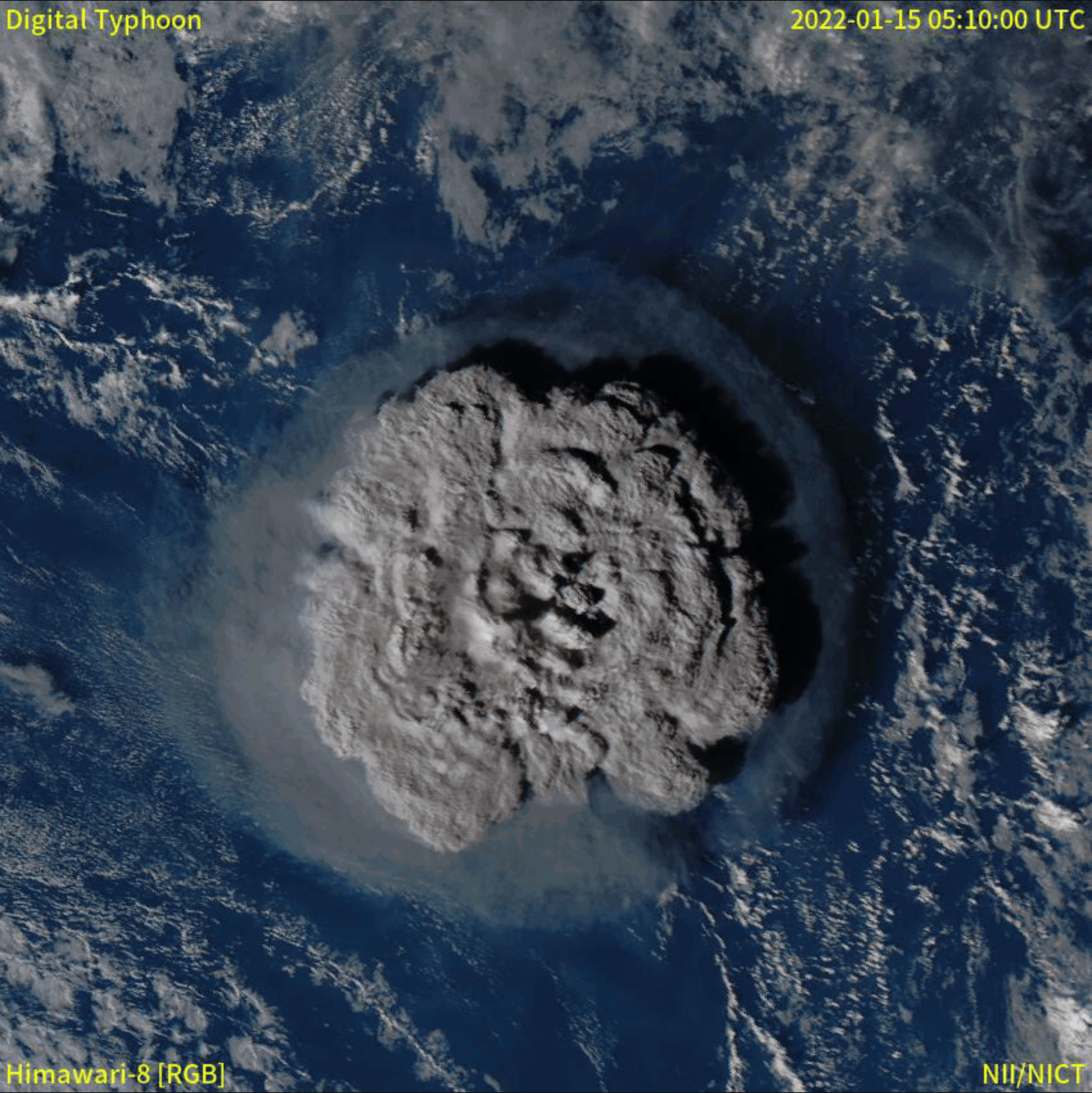
We have been forced to redesign our vanilla gardens by unprecedented weather. For three years we have seen extended rain, extreme rain. Indeed, in 2022 it didn’t stop raining. Vanilla likes to be humid, 80% humidity. It doesn’t like rain. Indeed, the shade trees aren’t there just to provide shade from sunshine, but also protection from rain.
But we must keep the roots away from water-logging.
Our innovative compost produces spectacular results in normal seasons. It couldn’t stand the constant rain and we lost vines and fruit. But Balinese are masters of water, their rice fields mute testimony to their skill. Our workers smiled, and dug drainage systems throughout our gardens. They work. Never needed before. We need them now.
We have assumed the excessive rainfall was caused by three La Nina events in a year, although 2022 was excessive even for La Nina. But what caused that to happen? After all, three in a row is really, really unusual.
It turns out that something happened on January 14th, 2022. Something I bet you never heard about.
The largest volcanic explosion in recorded history.
Hunga Tonga–Hunga Haʻapai is an underwater volcano south of Tonga, in the South Pacific. It had been erupting for a month, when on the 14th it sent colouds of ash 20km into the atmosphere. A much larger Plinian eruption started the following day (15 January 2022) at 17:14 local time. The eruption column from this eruption rose 58 km (36 mi) into the mesosphere. For a full description, please read National Geographic or Wikipedia:
https://en.wikipedia.org/wiki/2022_Hunga_Tonga%E2%80%93Hunga_Ha%CA%BBapai_eruption_and_tsunami
But the main points from our point of view are the following:
1. It injected an estimated 400,000 tonnes of sulfur dioxide into the stratosphere
2. The underwater explosion also sent 146 million tons of water from the South Pacific Ocean into the stratosphere.
Now, sulfur dioxide should have a cooling effect on the earth. It didn’t, although it did cool the South Pacific, where La Nina originates... And the reason it didn’t cool the earth is because of the water vapour. That amounts to 10% of the water in the atmosphere at any given time. Water vapour in the atmosphere has a heating effect on the globe. They estimate this water will remain in the atmosphere for 5-10 years, causing an increase in global temperatures. The scientists are not saying by how much.
This dwarfs anything that man is doing.
And, consider. Where is that water going to go?
It doesn’t take a genius to realise it is going to fall as rain…
The consequences of this eruption are going to impact upon us for the next ten years, not with the cessation of heavy rain as expected with El Nino returning, but a slowly reducing amount of rain each year.
And that is fine with us. We know how to handle it now. Bigger trees, to suck up ground water, more cover, and drains, drains everywhere. And bye-bye our special compost. No chance of standing water, the killer of vanilla. We were caught by surprise in 2022, we are ready now.
Rex Sumner
Royal Spice Gardens is an Indonesian Foreign Investment Company, in Indonesia known as a Perusahaan Modal Asing (PMA).
NIB Licence number 0220100502286. NPWP: 94.830.504.0- 905.000.
PT Royal Spice Gardens Indonesia, Alamanda Office 5th floor, Jl. By Pass Ngurah Rai, Br. Kerthayasa No. 67, Kedonganan, Kuta, Bali 80361, Indonesia
Website by Simia Solutions.
Powered by Pak Kriss’s Compliance Framework.
Even in uncertain times, credible, stable & realistic opportunities are available for the astute investor.
Get the edge by obtaining clear, concise and rapid information. Fill out the form to receive our latest prospectus!